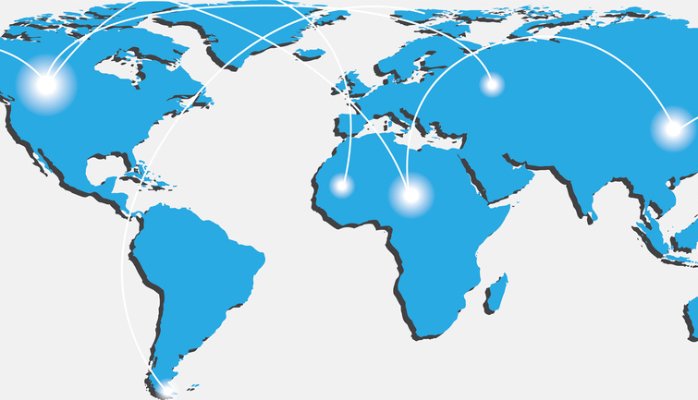
A Mckinsey study on the future of global apparel retail reveals the dynamics of the apparel industry are changing dramatically. To succeed amid shifting tides, companies need to build competencies. Companies, have to keep a tab on fast-moving fashion keeping them on their toes to be in sync with the trends and changes in consumer behaviour, who not only want to see a level of freshness in their products, but also in the entire shopping experience.
Boosting retail, tapping the consumer psyche

The size of global apparel business is growing and expected to generate double digit growth between now and 2020. Much of this growth is coming from developing markets, notably from the exploding buying power among Asian consumers, moving into the middle class and starting to view clothes as an extension and expression of their new lifestyle. These consumers are also increasingly travelling and shopping abroad.
By 2020, foreign spending of Asian-Pacific residents will triple, totalling $600 billion. In the luxury goods segment, 75 per cent of all sales will be from Chinese consumers, with more than half of that being spent outside China. There is double economic pressure on stores these days. On one hand, profit margins and sales per sq. mt. are decreasing while expectations are growing.
The joint study by authors Carsten Keller, Karl-Hendrik Magnus, Saskia Hedrich, Patrick Nava, and Thomas Tochtermann suggests shoppers increasingly want brands to speak to them with the same level of relevance, whether they are on an iPad or browsing in a store.
Apparel business hosts some of the world’s most rapidly growing companies. A number of smaller entrants, both online and offline are constantly growing, bringing their banner to global scale. Germany-based online retailer Zalando, for instance, has expanded its convenient, no-cost shipping, no-hassle returns brand of ecommerce to 15 countries in just six years.
Global trends to follow for successful retail venture
What can fashion companies do today to be among tomorrow's winners? The study discusses primary ways in which the world is changing and how these shifts will have a significant impact on the way brands and retailers do business. The McKinsey Trend Barometer-based on expert interviews, client studies, and industry reports, identifies seven global trends that point the way toward sustainable value creation.
Target groups change continuously, but within a few years, these shifts will spawn great diversity, the likes of which the world has never known. First, global population is aging rapidly: In the US, for instance, the segment of consumers over 55 is growing faster than any other – both in terms of their share of the total population and their expenditures for clothing. Second, global economic base of power is shifting from north to south and from west to east. Third, increasing migration is giving rise to new customer profiles.
Around the globe, fashion consumers are becoming more environmentally conscious. They expect ecologically unobjectionable fabrics, a conservation-minded use of resources, reduced emission of pollutants, greater social commitment, and fair treatment of employees in production facilities. In many countries, legislators are requiring companies to create more sustainable products.
Young fashion customers readily use a spectrum of digital platforms to get information on trends, exchange experiences, or compare prices. Within these customer journeys, social media plays a key role. Up to 35 per cent consumers indicate that they rely on recommendations from social networks.
Manufacturers, retailers, and service providers are compiling customer data at all kinds of new touch points. Based on this data, sophisticated algorithms can calculate the time, type, and scope of the customer's next purchase with high precision and probability. This can yield diverse ways of personalising advertising, new customer interactions, and product offerings. But prior to this comes the challenge of processing huge volumes of data in real time. Apparel brands and retailers need to first identify which data is most relevant and then have the capabilities and organisational structure in place to use it, something that inevitably requires an understanding of the relevance of IT and big data at the corporate level.
Segment polarisation has been a hot topic in discussions among apparel experts. The luxury segment in the UK, for instance, is booming at double-digit growth rates and the low-price value segment is growing at around 8 per cent – still double the rate for the market overall. Yet the hotly contested middle market also has winners, particularly in affordable luxury, which resides somewhere between the mass and luxury segments.
Against the backdrop of these trends, global fashion companies will need to develop new patterns for success to grow further, remain successful, or regain lost ground. In particular, they have to focus on global-local brand management, creating new shopping experience, store functioning, efficient supply chain and warehousing and appealing store design.
www.mckinseyonmarketingandsales.com












